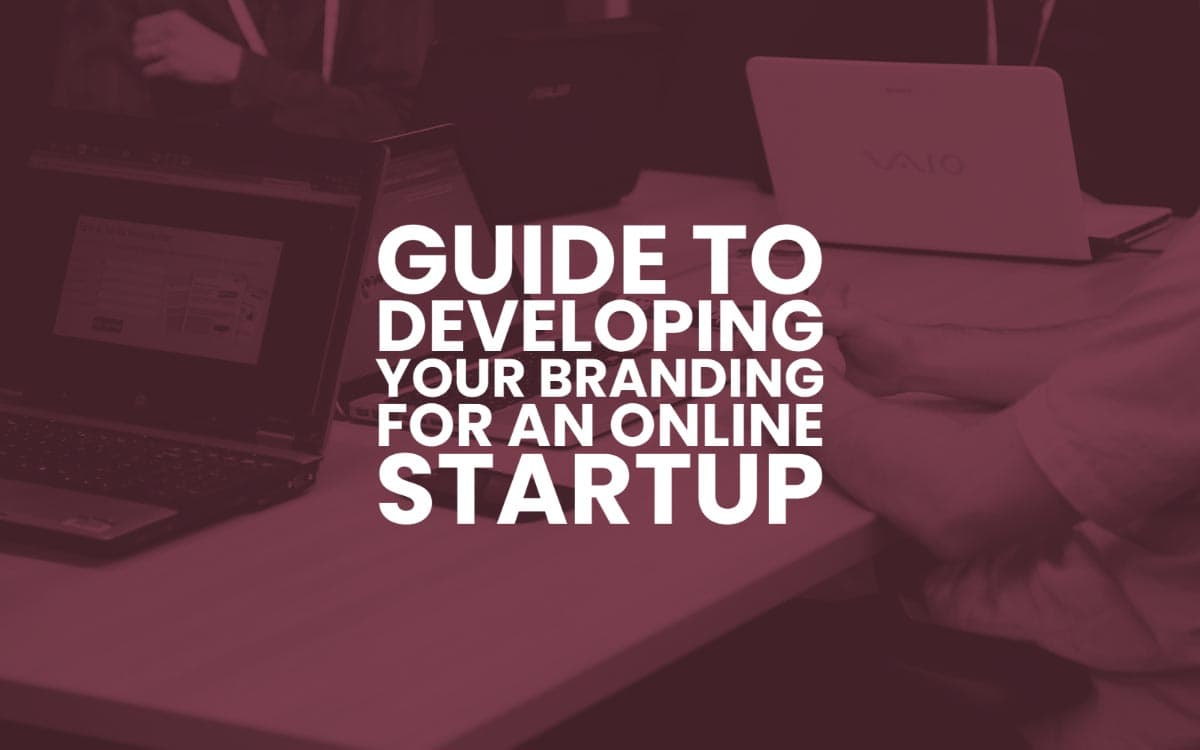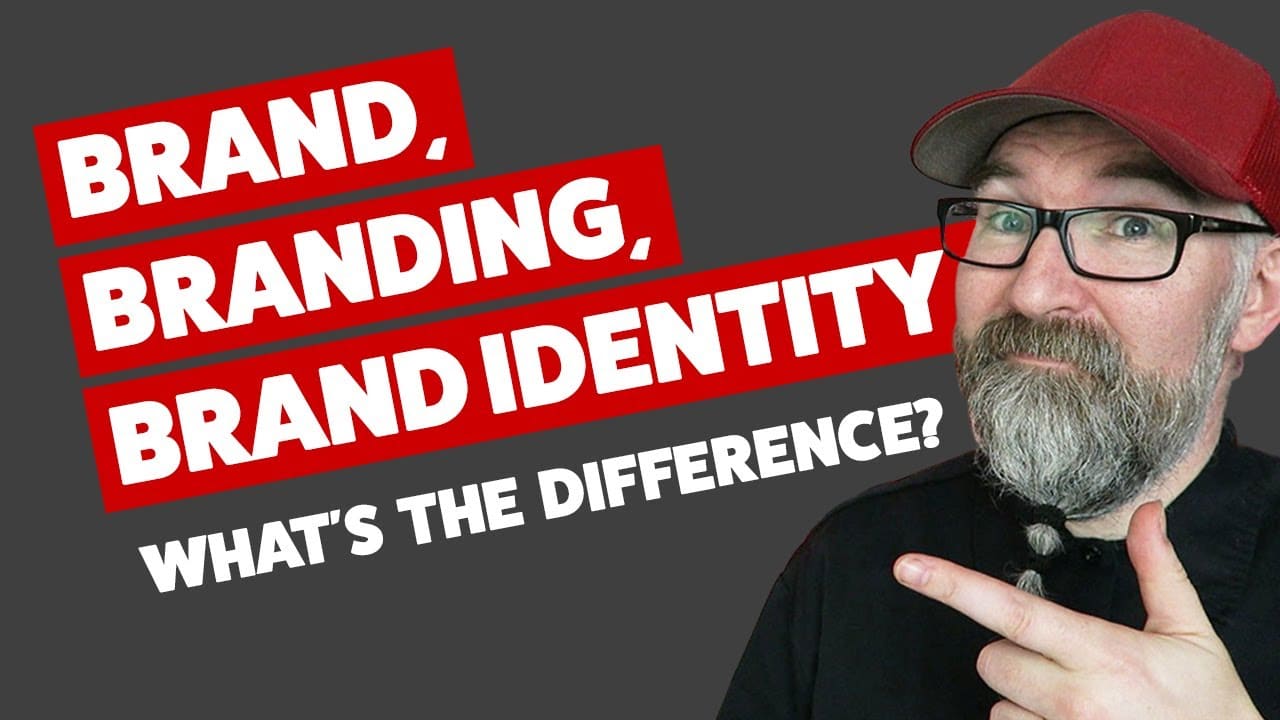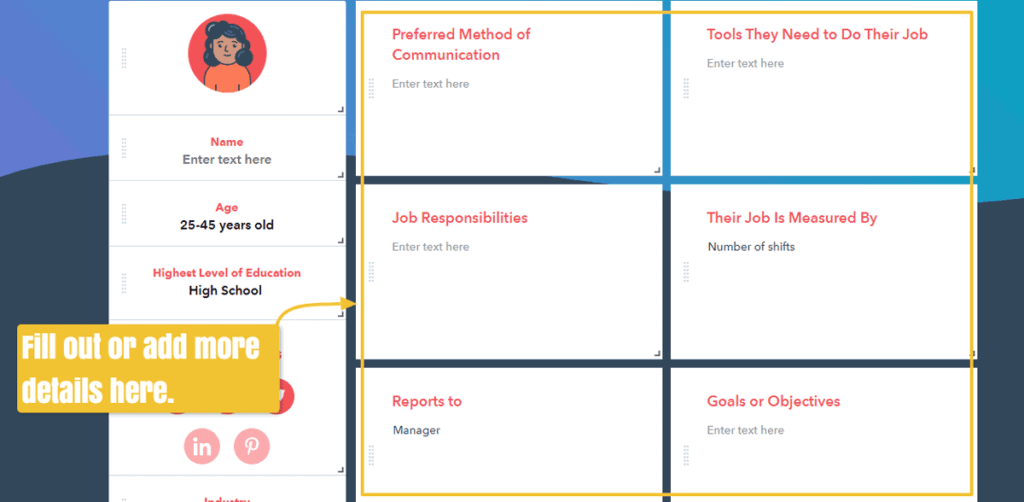
10 Mar Guide to Developing your Branding for an Online Startup
Guide to Developing your Branding for an Online Startup
A business is so much more than its products.
After all, while customers might buy a product because of its quality, their unique and memorable brand experience often makes them stay.
That’s why developing your branding is crucial.
It gives your new business identity, making it memorable to customers.
It encourages customer loyalty, supports your advertising and marketing efforts, and makes your company stand out from competitors.
However, developing your branding and identity requires more than creating your logo.
It includes many factors, such as having the right graphic design assets and knowing when to use them.
This guide looks into the nuts and bolts of developing your branding for your startup online business.
Brand and Branding terms Defined
Before getting into the nitty-gritty details of developing your branding, let’s get to know what brand, branding, and brand identity are first.
Brand
A brand is essentially a feature (or set of parts) that differentiates a business from other companies.
It generally consists of the brand name, symbol or logo design, tagline, and others.
A brand can also be the perception audiences (shoppers, buyers, social media followers, and casual website visitors) have about a business.
It includes the overall experience customers go through when interacting with a company.
Branding
Branding refers to the process of researching, developing, and applying a particular feature (or set of features) to a company for customers and audiences to associate the brand with the products and services.
Branding requires getting to your business’s heart and target audiences, and it can be a repetitive process to get your message and identity across.
Brand identity
Brand identity is the collection of all the elements your company creates to display and communicate the image and message you want to portray about your business to your audience.
This includes your website, logo, typography, images, and other visual elements.
7 Tips for developing your branding
While there is no one-size-fits-all formula for establishing your branding, these tried and tested ways can help you kickstart the process.
1 – Know your target audience
Developing your branding leads to awareness, recognition, trust, loyalty, and ultimately, revenue, but all this stems from your audiences and customers.
After all, if your brand doesn’t offer something your audiences can resonate with, they’re not likely to become interested in your business.
The key is to conduct target market research to understand whom your brand speaks to and the specific audiences your products serve and identify your ideal customers.
The things you learn about your buyer personas and target market will significantly influence your branding decisions and strategies down the line, making this a critical first step in developing your branding.
Start with creating a buyer’s persona of your ideal customers.
Free online tools such as HubSpot’s Make My Persona generator allow you to create customisable, professional buyer personas easily.
The tool is pretty straightforward and interactive, including questions that help build your buyer’s persona along the way, such as demographic traits, career, job characteristics, and consumption habits (among others).

Customise your buyer’s persona by refining and adding details to the profile.
Regardless of your industry, you need to know your target audiences before developing your branding and other initiatives such as product development and marketing.
For example, if you’re a company selling Search Engine Optimisation (SEO) software, knowing who your customers are and what they want from your SEO tool will help you understand for whom you’re designing your solution.
It will also help you develop a viable, competitive product and ensure you market your software to the right audiences.
The more you understand your target audience, the better you can develop your branding and company to market, serve, and, ultimately, sell to your customers effectively.
2 – Create your mission statement
Before you can become a brand that your audiences can recognise, trust, and value, you need to convey your company’s purpose.
Establish your business’s passion and purpose by creating your mission statement.
It’s an integral part of your brand manifesto, conveying why your company exists and why audiences should care about your brand.
Amazon’s mission statement is an excellent example of this.
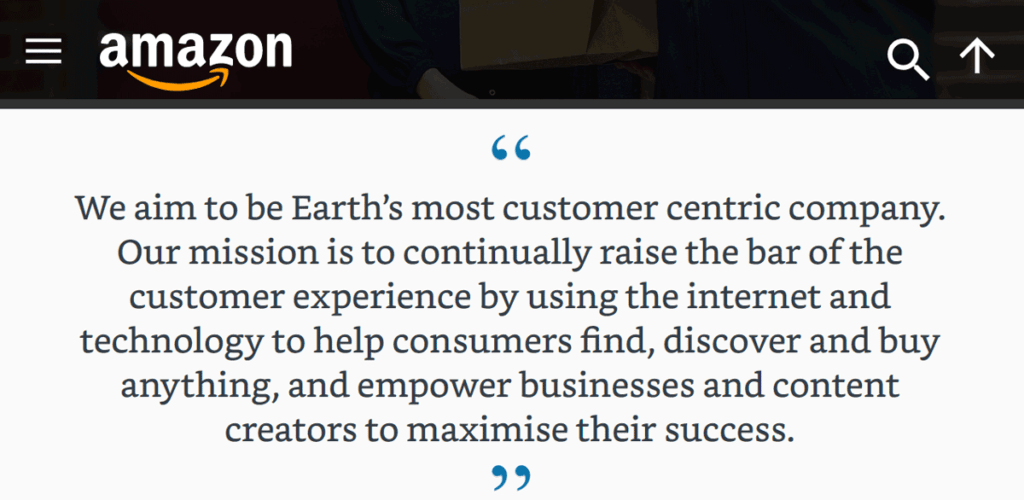
Amazon’s mission statement encompasses what the company is and why it exists.
Your mission statement should (in one way or another) reflect each part of your brand, such as your tagline, logo, personality, voice, imagery, etc.
It can also help you determine what sets you apart from your competitors, allowing you to develop a unique and memorable brand that your customers find valuable and resonate with.
3 – Outline your unique qualities, values, and benefits
It can be challenging to stand out from a sea of other businesses selling more or less the same products and services as your brand does.
That is why you need to establish a brand that comprises entirely your components — your company’s values, qualities, and benefits that make your brand unique.
Start simple and list down the things that set your business apart from other companies, specifically how your products and services can improve your customers’ lives and solve a particular problem they have.
Once you’ve narrowed down your company’s unique and valuable traits, you can display these on your website as part of your overall brand.
Highlight your brand’s distinct elements to convey the benefits your company can deliver to customers, encourage trust, and entice them to choose you over your competitors.
It doesn’t hurt to take a peek at what your competitors are doing either.
For instance, using a site crawl and competitor product extraction tool will give you a detailed overview of another company’s product descriptions and brand information. It allows you to monitor competitor prices.
This gives you insights into determining whether your product and branding strategies are solely your own or something your competitors also do, allowing you to refine your brand’s unique components further.
4 – Determine your brand voice
Your brand and branding efforts convey your company’s identity and personality to your audiences, so it only makes sense to establish a distinct brand voice to go along with these.
A brand voice can influence your style, design, and graphic element choices and strategies.
For instance, using a formal and corporate brand voice would fit best with more traditional typography.
If your brand voice is bold and loud, you’d be better off using healthy and bright colour palettes to go with your voice.
Portent’s Tone of Voice Generator helps you narrow down your brand voice by asking you four simple questions.
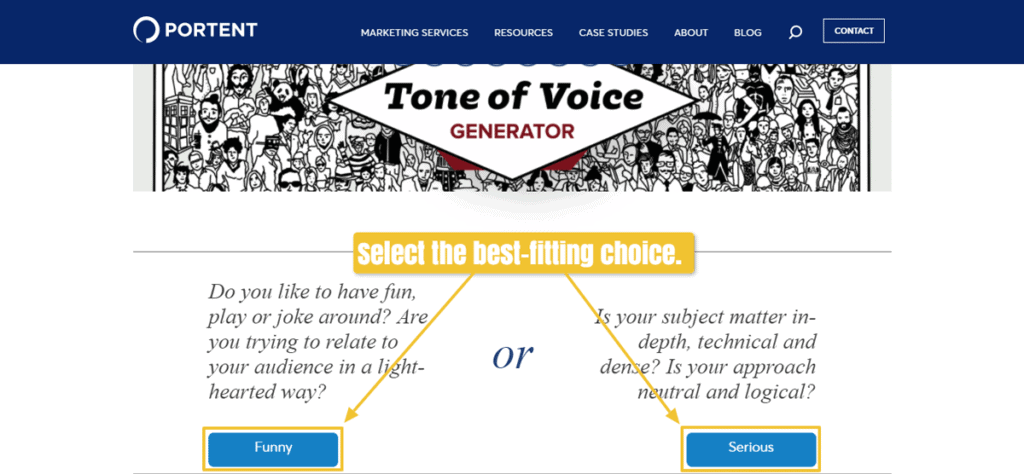
Image source: portent.com.
It provides recommendations on your word choices, use of humour, sentence structure, and overall approach to the content your brand will produce.
This helps you determine the kind of voice you want your brand to have.
Are you sarcastic, edgy, sassy, funny, professional, or a combination of two or three of these?
Find out how you want your audiences to perceive your brand and get the voice right to create your desired perception.
Identify a brand voice that resonates and connects with your audience, or they might not pay attention.
However, ensure that it’s consistent across your various marketing and sales channels.
For instance, any social media marketing guide for beginners will tell you to pay attention to your voice.
It gives your brand a personality that your social media followers can easily interact with while ensuring your message stays consistent with your brand.
Nail your brand voice to help your customers and followers recognise your company efficiently.
Use it to deliver social media marketing messages and interactions that your audiences look forward to hearing.
5 – Establish your brand identity
From a 30,000 feet perspective, your brand identity is your company’s personality.
It includes the compilation of your colour schemes, logos, typography, and other visual components representing your business.
These are elements that help you spark connections with your audiences, inciting recognition and, in turn, loyalty.
Your brand identity embodies nearly all of what your company is and does, making it a crucial aspect of your branding and, in turn, your marketing and sales strategies.
It provides a template for all your advertising and promotional efforts to ensure consistency and alignment across your marketing materials.
6 – Build your visual assets
Visual assets are essential aspects of your branding process that will drive awareness, recognition, trust, loyalty, and revenue from your audiences.
Build your visual components, starting with the following elements.
Typography
Typography refers to both your chosen fonts and the way you lay them out within your designs.
It can help tell your audience about who your brand is and even give them an idea about what to expect from your company.
For instance, using a traditional font can send an entirely different impression and message to your audience than opting for a more quirky one.
Ensure your chosen fonts and how you use them to align with how you want your brand to come across to your audiences.
If you don’t have an in-house graphic designer (or graphic design experience and skills), try playing around with various typography using online tools such as Canva.
The tool lets you design anything, from logos, brochures, infographics, newsletters, presentations to social media posts.
You can start from scratch and develop your typography using the tool’s various font, colour, resizing, effects, and other editing options.
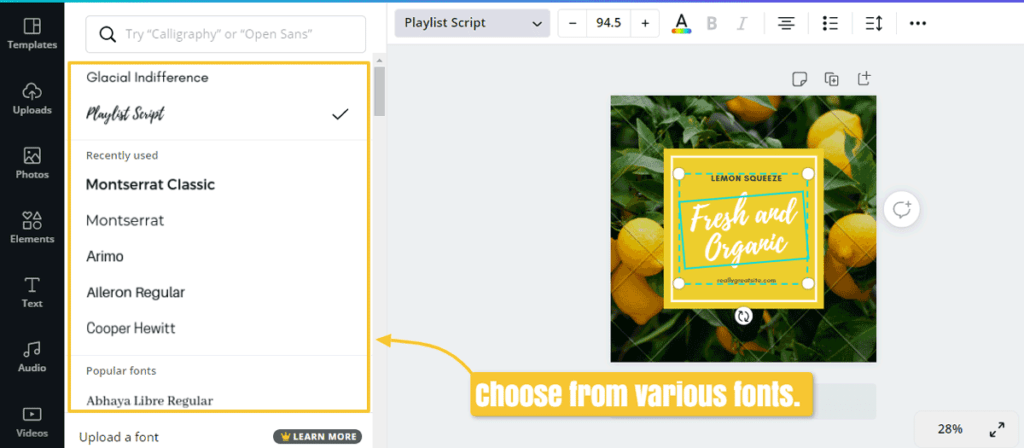
Image source: canva.com.
Use Canva‘s fully-customisable templates to get ideas and inspiration for various font styles, appearance, and structure for specific content and build on those to develop your own.
Colour scheme
People have specific associations with colours, and understanding those associations will help you leverage colours in your branding to evoke particular feelings, reactions, and thoughts from your audience.
For instance, blue is commonly associated with trustworthiness and reliability.
This makes it an excellent colour to incorporate in your website, for instance, if you want your brand to come across as credible and professional to your audience.
To help entice your prospects into buying your products, use red in your colour scheme to inspire your audience’s excitement and passion, encouraging them to purchase.
Select your base, accent, and neutral colours to give your brand colour scheme some hue variations depending on where and how you will use them in your designs.
Follow these tips when choosing the three colours.
- Base. Identify your brand’s most dominant personality trait and choose a base colour that reflects it while ensuring it appeals to your target audience. Base colours help you select the rest of your colour palette colours based on how well they match your base.
- Accent. Your accent colour should match your brand personality, your base colour, and your audiences.
- Neutral. Your neutral colour shouldn’t be too distracting since this will most likely serve as your background colour. Neutrals are typically hues of beige, greys, whites, and off-whites (among others).
You can always use colour generator tools such as Coolors to simplify creating your brand colours.
The tool lets you select from a colour palette library to generate your desired colour scheme.
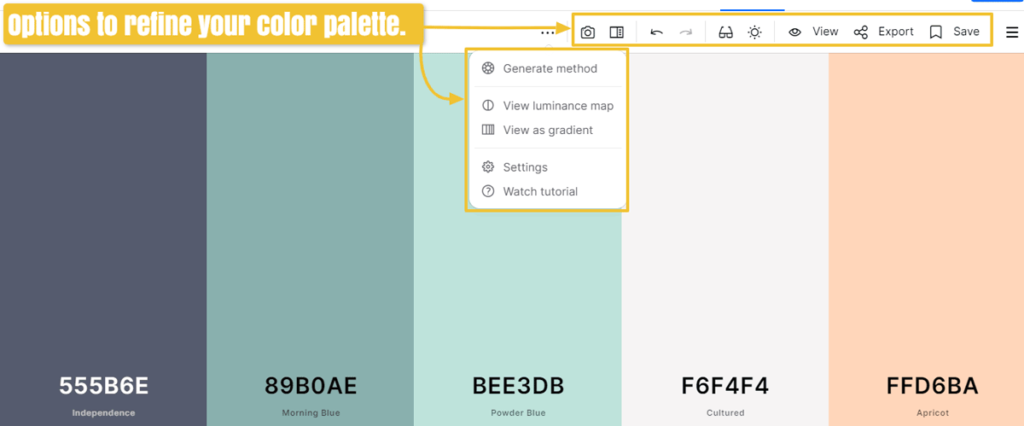
Image source: coolors.co.
You can also refine your chosen colour palette by selecting another shade, adjusting the colours’ hue, saturation, brightness, and temperature, and switching them around.
Additionally, you can choose colours from a photo using the Image Picker feature and automatically generate your palette from that.
Form and imagery
The various shapes you incorporate into your branding and marketing materials can say many things about your brand.
For instance, straight-edged and sharp-looking shapes are associated with stability and efficiency, while round shapes incite unity and community feelings.
When used correctly, the right forms and imagery can develop your brand’s aesthetic, emphasising your brand’s identity and deepening your customers’ attachment to your company.
When you’ve established and created your necessary branding visual assets, building your website on WordPress, for instance, becomes smoother.
You can follow a guide on WP customisation and incorporate your visual branding elements easily.
7 – Formulate a brand style guide
Tie all your branding components and visual assets together by creating brand guidelines or a brand style guide.
This ensures proper use, composition, and consistency of your visual assets and branding elements across your marketing materials and efforts.
Create a centralised document containing all your critical branding information, from your logo design variations, colour palette to specific guidelines on your brand voice.
Link or store this document in your marketing project management software so you and your team can easily access and refer to it to guide your marketing projects.
Your brand style guide should be as detailed as possible, but as a bare minimum, it should include:
- Logo and your logo variations, including brief narratives on their proper use
- Brand story
- Typography such as your brand fonts and how to use each one
- Colour scheme or palette
- Details about your brand voice
- Imagery guidelines
A brand style guide ensures that everyone in your team is on the same page and anything you produce for your brand aligns with your overall branding strategy.
Final thoughts
Developing your brand and establishing your branding requires some elbow-grease and your resources, but once you nail these, you can build a brand that people recognise, trust, and become loyal to.
While the tips in this guide are by no means comprehensive, you can use them as building blocks to kickstarting your branding efforts.
